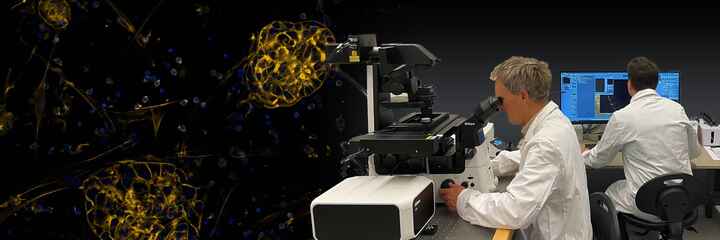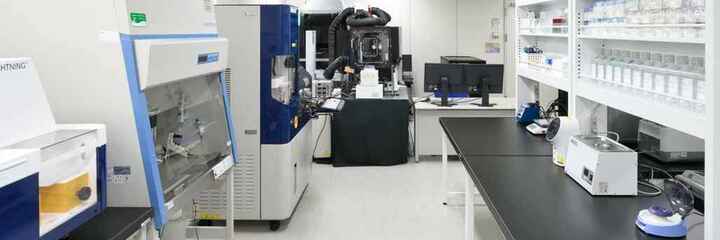News
Nikon Instruments Inc. Introduces Two New Laser Units Requiring No Alignment
Nov 11, 2013
First-of-a-kind LU-NA and LU-NB laser systems remove downtime from experimentation, increase consistency and efficiency

Nikon Instruments, Inc. today announced a breakthrough in microscope laser technology, with the introduction of its LU-NA and LU-NB laser units. Both of the products are solid state laser systems, requiring no calibration or alignment, and are flexible enough to bridge multiple imaging applications. The systems will debut at the 43rd Society for Neuroscience Meeting, taking place November 9-13 in San Diego.
As a key component of microscope systems, laser launches have traditionally required complex alignment and calibration during setup, as well as continuous maintenance to ensure correct alignment. Additionally, traditional laser launches suffer from significant loss of laser power due to inefficient laser combiners. The LU-NA and LU-NB systems require no alignment, and provide guaranteed power at the fiber tip due to a newly-developed laser combiner. The unique laser combiner not only guarantees permanent alignment of the lasers but also ensures maximum throughput of laser power. In addition, the LU-NB with its multiple output fibers provides incredible flexibility in experimental design as it enables multiple imaging modalities to be combined into a single imaging system.
“The new LUn family of laser systems represent state-of-the-art technology, not only with respect to their efficiency and flexibility, but also in terms of providing a solid state solution that requires no maintenance. This greatly minimizes the potential for costly down-time of critically important laser based research imaging systems,” says Stephen Ross, Ph.D., general manager of products and marketing for Nikon Instruments, Inc. “With the LU-NA and LU-NB systems, we remove the downtime risk and thereby, maximize the consistency and efficiency of research and experimentation.”
About LU-NA:
LU-NA is an extremely cost-effective option in the marketplace, featuring a four-line laser unit. It comes pre-configured with 405nm, 488nm, 561nm and 640nm lasers. Equipped with a patented monolithic laser combiner, LU-NA guarantees permanent alignment and maximum laser throughput, enabling consistent imaging results and minimal downtime. Encased in a compact unit with a single fiber output and AOTF-control over wavelength selection and power modulation, it provides a simple and affordable plug-and-play laser launch. Plus, the LU-NA unit seamlessly integrates with the microscope system via Nikon’s universal imaging platform, NIS-Elements.
About LU-NB:
LU-NB is both flexible and powerful, accommodating up to eight laser lines (405nm, 445/458nm, 488nm, 514nm, 532nm, 561nm, 594nm, 640nm/647nm) and five fiber outputs. As with the LU-NA, the patented monolithic laser combiner guarantees permanent alignment and maximum laser throughput. Standard configurations are equipped with a single AOTF and actuators to switch between output fibers. Optional accessories such as a beam-splitter, second AOTF, fast actuator and direct laser-coupled fibers provide users the ultimate in flexibility and complexity in laser-based imaging.
LU-NB is compatible with multiple imaging systems including Nikon’s super-resolution systems N-SIM and N-STORM as well as Nikon’s confocal systems ranging from the C2+ to the A1+. LU-NB is also ideally suited for Nikon’s new Ti-LAPP system to allow various imaging modalities to be combined into a single imaging platform and single laser launch, making it the ultimate light source for combinatorial microscopy experiments. These multiple imaging modalities and the LU-NB are all seamlessly controlled by Nikon’s NIS-Elements software.



